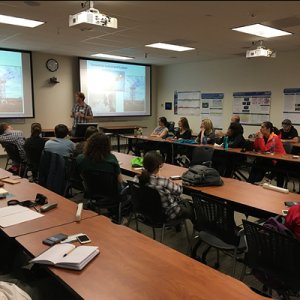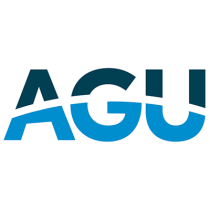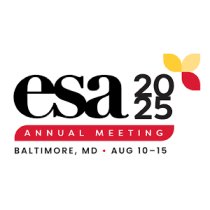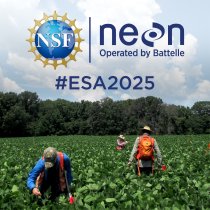Fluxcourse Students visit NEON Headquarters
July 20, 2016
One of our summer highlights at NEON headquarters (HQ) is an opportunity to host graduate students, postdocs and early career scientists that are participating in the Fluxcourse, led by Dave Moore (University of Arizona) and Kim Novick (Indiana University). This two-week workshop focuses on integrating measurement and modeling techniques in the biogeosciences. The course usually takes place at the University of Colorado Mountain Research Station, which is also a NEON field site, but this year participants had to spend the first week at CU Boulder due to the Cold Springs Fire.
“The Fluxcouse was born out of the scientific community that supports Ameriflux, ICOS (Integrated Carbon Observation System) and Fluxnet eddy flux tower networks,” Dave Moore explained. “We’ve been incorporating a visit to NEON HQ the past five years so that the next generation of biometeorologists, ecologists and land surface modelers are ready for a new generation of standardized ecological networks. We want the students to understand NEON so they can use the skills they’ve learned to interpret and synthesize the datasets that NEON will collect.”
During their visit, the group learned about the NEON program and toured our Calibration and Validation Lab, HQ Tower and Remote Sensing Lab. Moore also shared that there are 26 students, postdocs and early career faculty participating in the 2016 workshop. Participants are from a diversity of disciplines, including physiological ecologists, ecosystem scientists, micrometeorologists and land surface modelers. This year they also had visits from new instructors including Belinda Medlyn from Australia and were able to explore the updated FLUXNET 2015 dataset, which was released last week.
Participants from the 2016 FluxCourse pose in front of the NEON HQ flux tower. Accompanying article "Fluxcourse Students visit NEON Headquarters"



